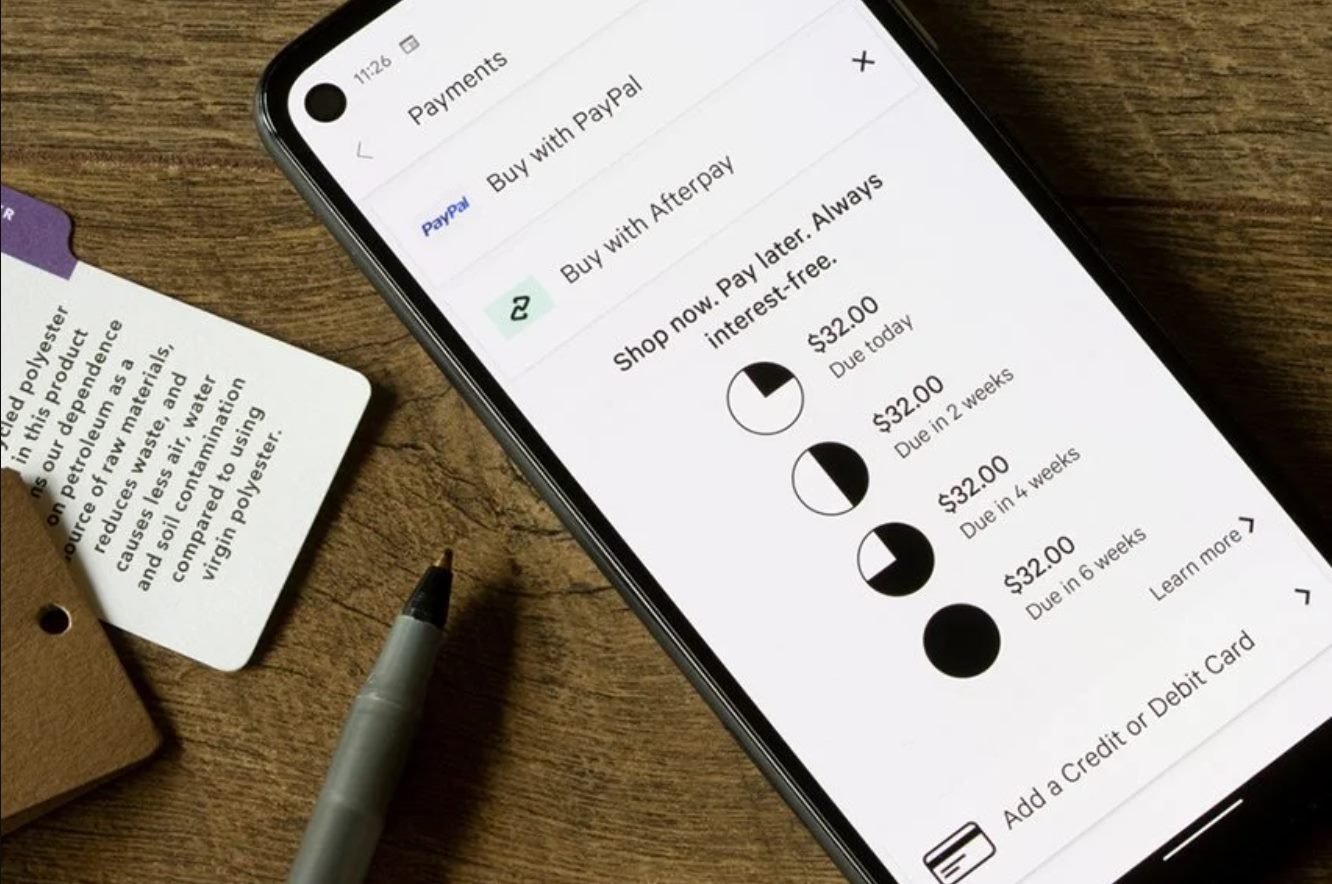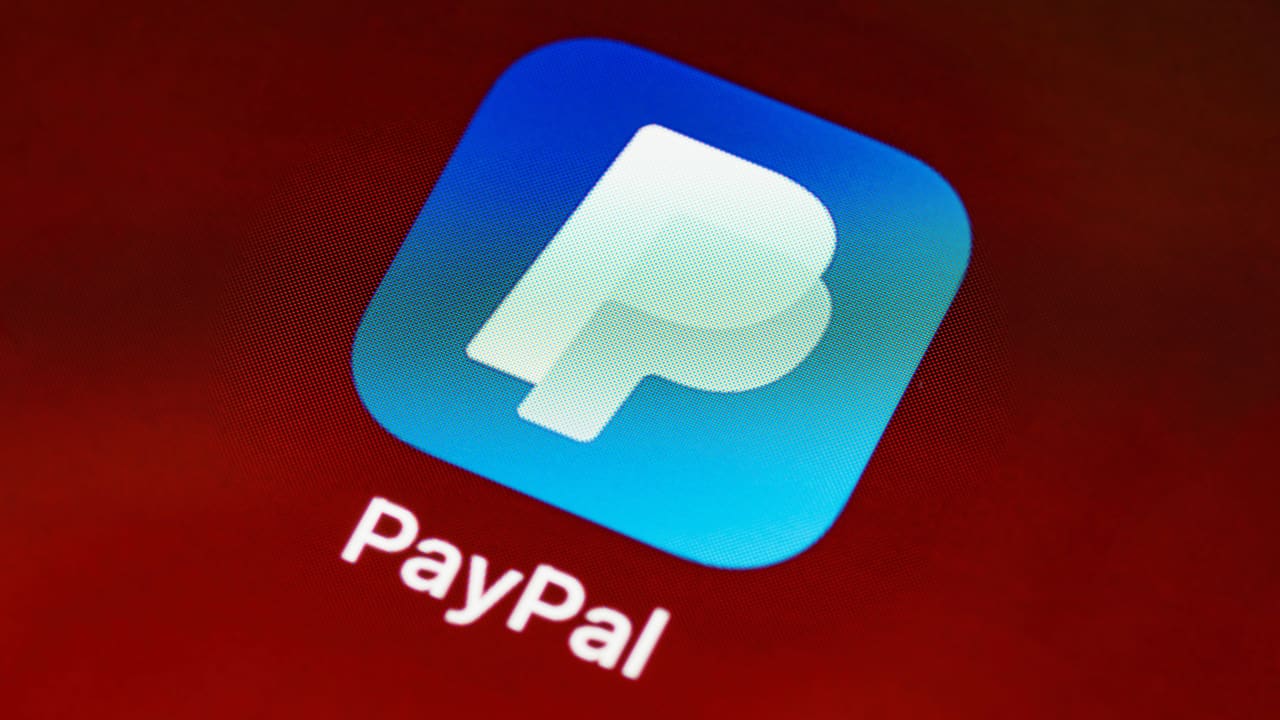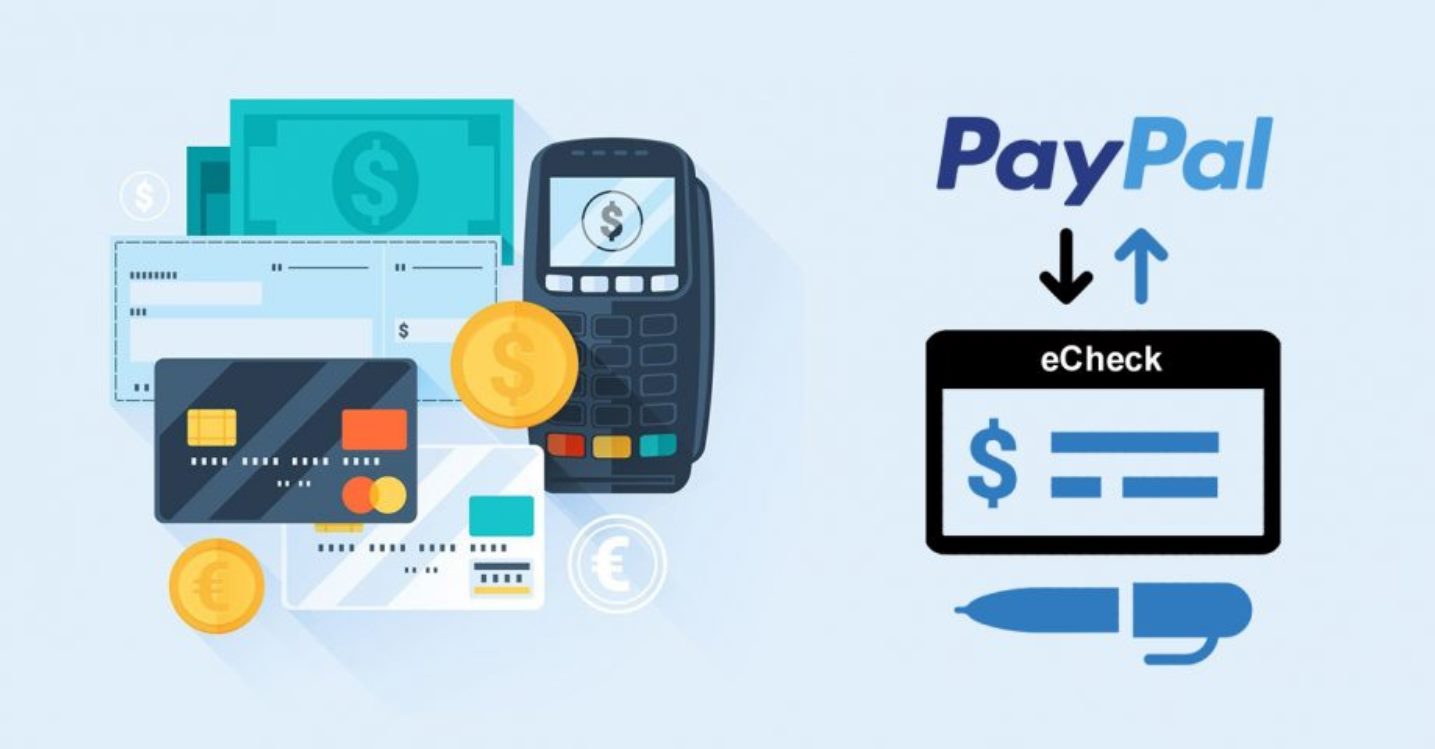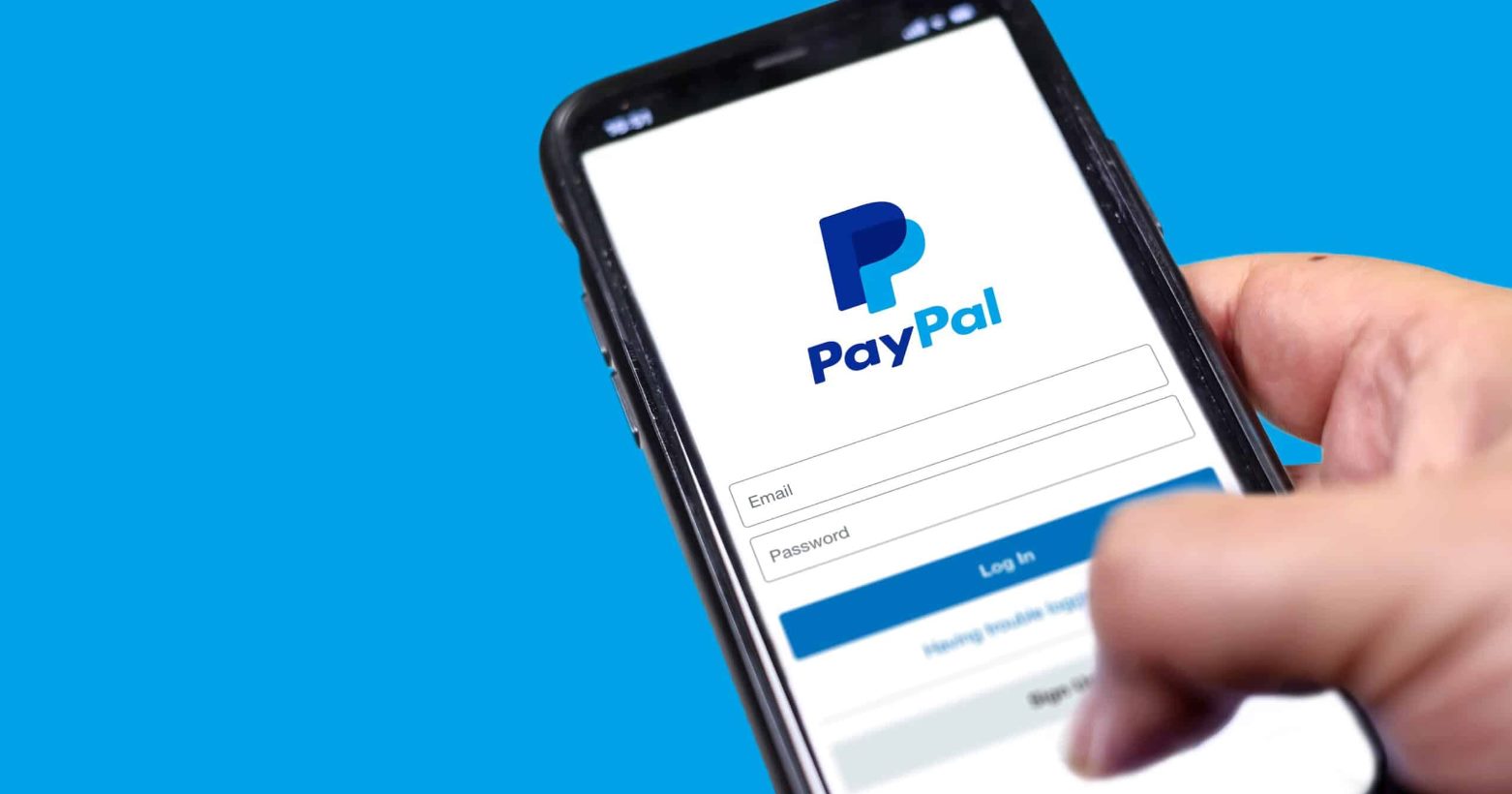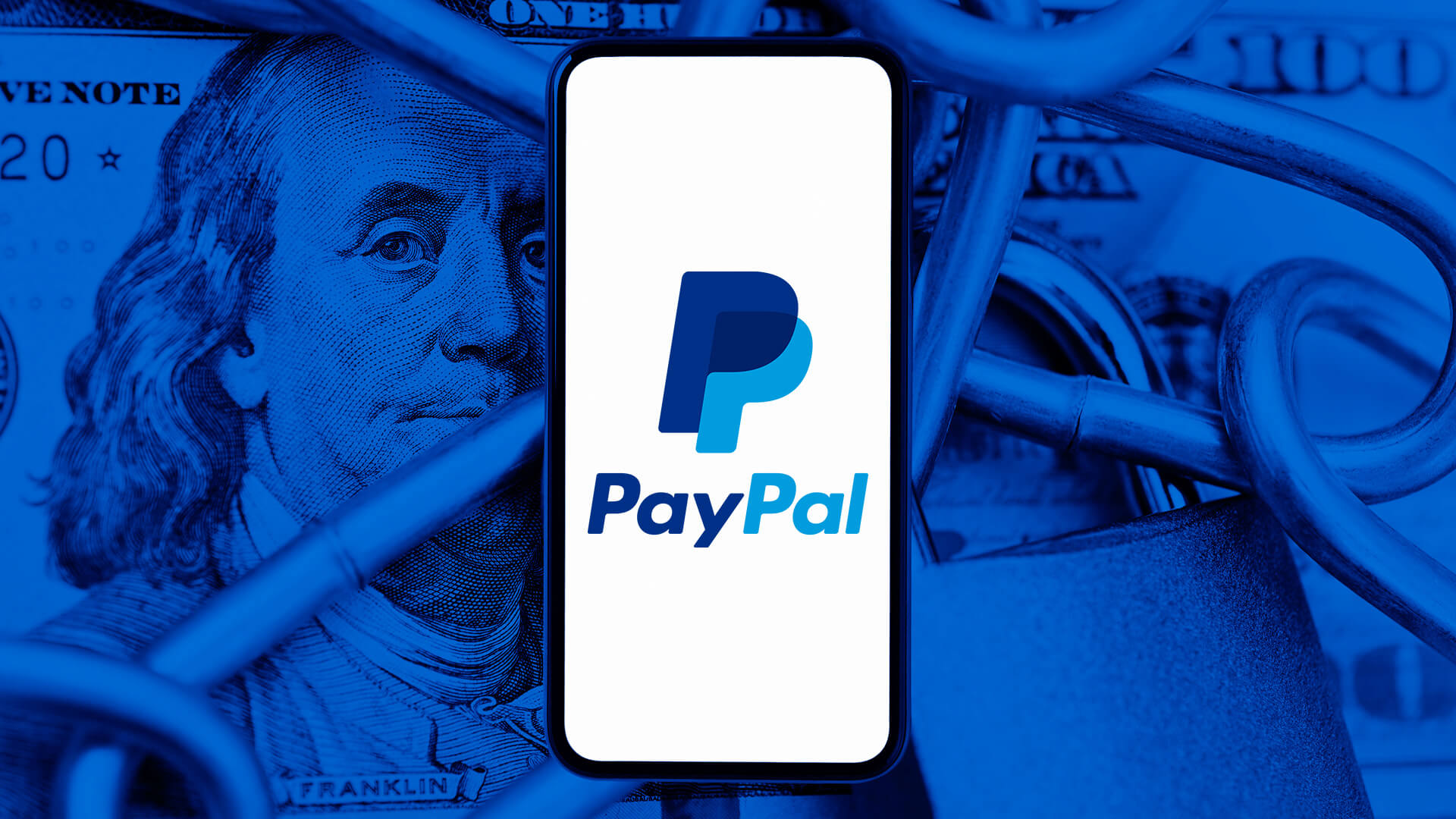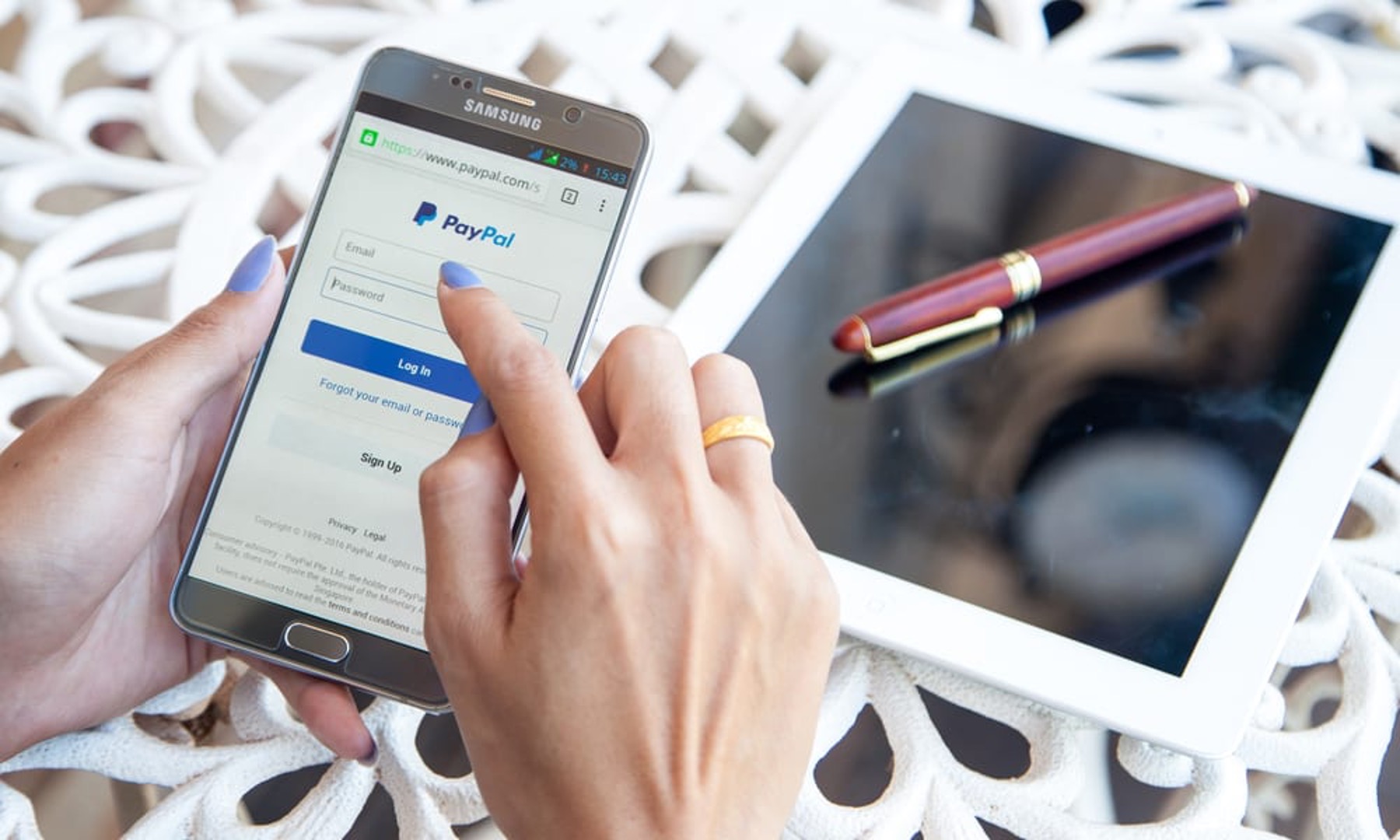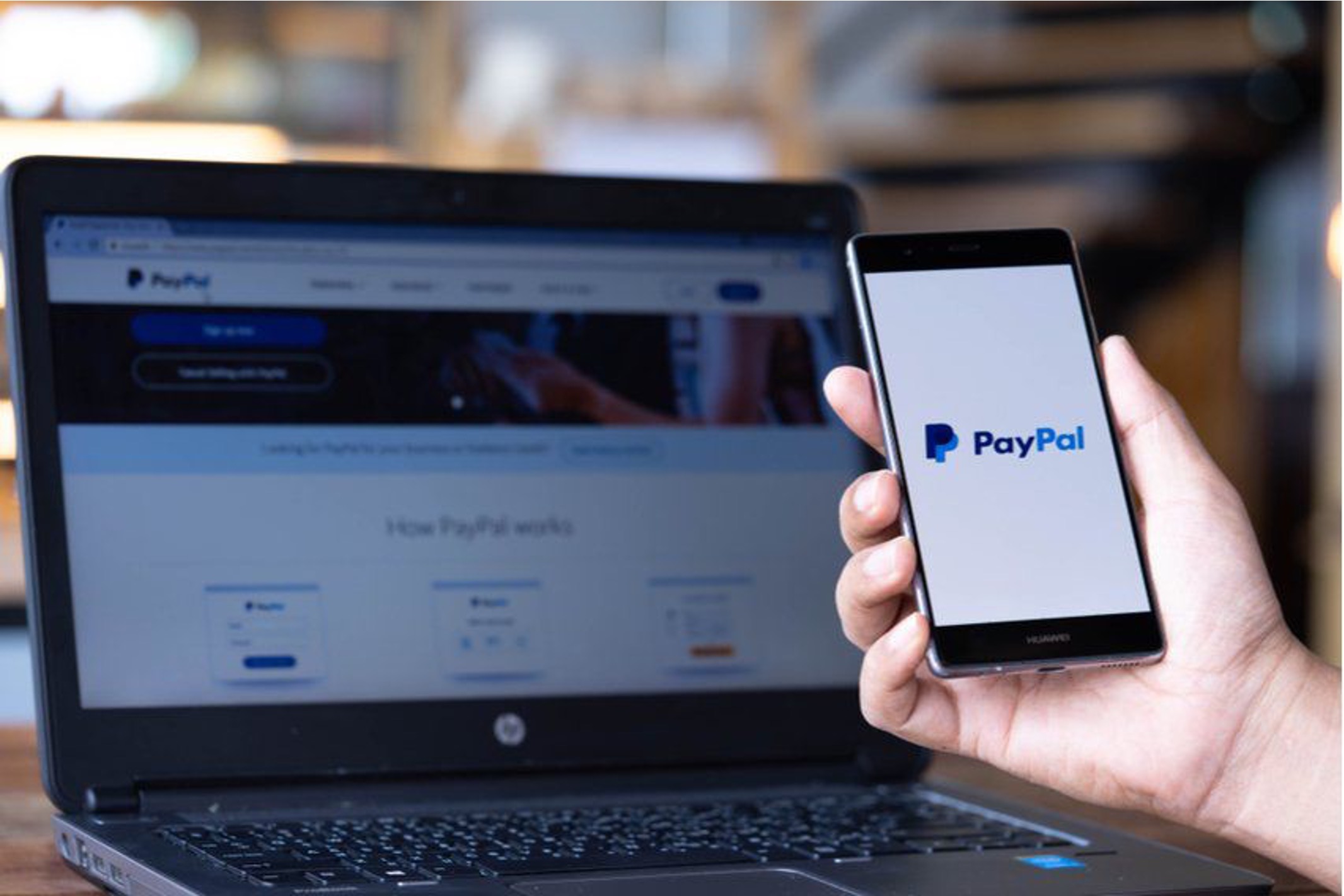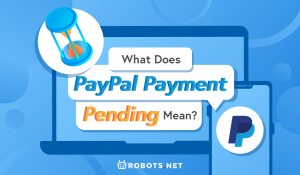Introduction
PayPal has become one of the most popular online payment platforms, allowing users to send and receive money securely and conveniently. However, there may be occasions when you need to cancel a PayPal payment, whether it’s a pending transaction or a completed one. In this article, we will guide you on how to cancel a PayPal payment and provide insight into the various options available to you.
Whether you made a mistake in the transaction details or simply changed your mind about the purchase, it’s crucial to act swiftly to cancel the payment. Thankfully, PayPal offers several options for cancelling payments depending on the status of the transaction. By understanding these options, you can save yourself from unnecessary hassle and potentially recover your funds.
It is important to note that the ability to cancel a PayPal payment depends on whether the transaction is still pending or has already been completed. In some cases, you may have to request a refund or dispute the transaction instead of canceling it directly. Understanding the difference between these options will help you navigate the PayPal platform effectively and take the necessary steps to resolve any payment issues.
So, if you find yourself in a situation where you need to cancel a PayPal payment, don’t worry. In the following sections, we will explore the various ways you can cancel your payment, whether it’s a pending transaction, a completed payment, or a disputed transaction. By following these steps, you will have the knowledge and confidence to address any payment-related concerns you may encounter on the PayPal platform
Why would you want to cancel a PayPal payment?
There are various reasons why you may need to cancel a PayPal payment. It could be due to a mistake in the transaction details, such as entering the wrong amount or incorrect recipient information. It’s also possible that you changed your mind about the purchase or found a better deal elsewhere. Whatever the reason, PayPal understands that circumstances can change, and they provide options to help you rectify payment errors or recover your funds.
One common scenario where you might want to cancel a PayPal payment is if you accidentally sent the payment to the wrong person or email address. This can happen if you mistyped the recipient’s details or if you were attempting to send a payment to a different individual but ended up selecting the wrong option in your PayPal contact list. In such cases, canceling the payment promptly is crucial to avoid any potential complications or delays in retrieving your funds.
Another reason to cancel a PayPal payment is if you discovered that the product or service you purchased was misrepresented, faulty, or never delivered. In situations where you are unsatisfied with the transaction and feel you were not provided what was promised, canceling the payment and seeking a refund becomes necessary. PayPal’s buyer protection policies are designed to safeguard your interests and provide you with a way to dispute transactions that did not meet your expectations.
Additionally, you may wish to cancel a PayPal payment if you find a better deal elsewhere or simply change your mind about the purchase. It’s not uncommon to come across a more affordable price or a different product that better suits your needs shortly after making a payment. In these cases, canceling the original payment allows you to seek a refund and redirect your funds towards the new, more appropriate purchase.
Ultimately, the ability to cancel a PayPal payment provides you with peace of mind and a safety net to rectify erroneous or unsatisfactory transactions. By promptly acknowledging and addressing these concerns, you can prevent potential disputes, enjoy a seamless online shopping experience, and protect your hard-earned money.
How to cancel a PayPal payment
Canceling a PayPal payment requires you to take specific actions based on the status of the transaction. PayPal provides several options depending on whether the payment is pending or completed. Here are the steps you can follow to cancel a PayPal payment:
Option 1: Cancel a pending payment:
- Log in to your PayPal account and navigate to the Activity page.
- Locate the pending payment that you wish to cancel.
- Click on the payment to open the transaction details.
- At the top of the transaction details page, you will see the option to “Cancel.” Click on it.
- Review the confirmation message and click “Cancel Payment” to confirm the cancellation.
Option 2: Request a refund for a completed payment:
- If the payment has already been completed, and you wish to get a refund, you can directly request a refund from the recipient.
- Contact the recipient and explain the situation, requesting a refund for the payment.
- If the recipient agrees, they can initiate the refund through their PayPal account.
- Once the refund is issued, you will receive a notification, and the funds will be returned to your PayPal balance or original payment method.
Option 3: Dispute a transaction:
- If the recipient is unresponsive or unwilling to provide a refund, and you believe the transaction was unauthorized or fraudulent, you can dispute the transaction through PayPal’s Resolution Center.
- Log in to your PayPal account and go to the Resolution Center.
- Open a dispute for the transaction in question and provide all necessary details and evidence to support your claim.
- PayPal will review the case and work towards a resolution, which may involve refunding the payment.
It’s important to note that PayPal’s ability to cancel a payment or provide a refund depends on various factors, including the recipient’s cooperation and the circumstances surrounding the transaction. Always communicate openly with the recipient and attempt to resolve the issue amicably before escalating it to a dispute. PayPal’s customer support team is also available to assist you if you encounter any difficulties during the process.
Option 1: Cancel a pending payment
If you have made a payment through PayPal that is still pending, you have the option to cancel it before it is processed. Canceling a pending payment is relatively straightforward, and here are the steps to follow:
- Log in to your PayPal account and navigate to the “Activity” page. This page provides an overview of your recent transactions.
- Look for the pending payment that you wish to cancel. The payment status will be listed as “Pending.”
- Click on the payment to open the transaction details. Here you will find the recipient’s information, payment amount, and other relevant details.
- At the top of the transaction details page, you will see an option to “Cancel” the payment. Click on it.
- A confirmation message will appear asking you to verify whether you want to cancel the payment. Review the details carefully to ensure you are canceling the correct transaction.
- Click on “Cancel Payment” to proceed with the cancellation.
Once you have canceled the pending payment, PayPal will notify you of the cancellation, and the funds will be returned to your PayPal balance or original payment method. It’s important to keep in mind that canceling a pending payment does not guarantee an immediate refund, as it depends on the recipient’s account settings and the payment method used.
If you encounter any issues during the process or the payment is not successfully canceled, you can reach out to PayPal’s customer support for assistance. They will be able to provide further guidance and resolve any concerns you may have regarding the pending payment cancellation.
Note that canceling a pending payment is time-sensitive; if the payment status changes from pending to completed, you will need to explore other options like requesting a refund or disputing the transaction.
By canceling a pending payment promptly, you can avoid unnecessary transactions, rectify any errors, and ensure that your funds are used as intended. It’s always a good practice to double-check the payment details before confirming, as prevention is often easier than resolving an issue after the payment has been processed.
Option 2: Request a refund for a completed payment
If you have completed a payment through PayPal and now wish to request a refund, you can do so by contacting the recipient and initiating the refund process. Here’s how you can request a refund for a completed payment:
- Contact the recipient: Start by communicating with the person or business who received the payment. Explain the situation and politely request a refund for the transaction.
- Provide necessary details: Clearly state the reasons for your request and provide any relevant information that supports your claim. This could include evidence such as screenshots of product defects or misrepresentations.
- Discuss refund options: Work with the recipient to determine the best method for the refund. They may be able to issue a direct refund through their PayPal account or suggest an alternative method.
- Confirm the refund: Once the recipient agrees to provide a refund, ensure that you both agree on the amount to be refunded and any associated fees, if applicable.
- Receive the refund: After the refund is initiated, PayPal will notify you when the funds are returned. The refund will either be credited to your PayPal balance or refunded back to your original payment method, depending on the recipient’s refund settings.
It’s important to note that PayPal does not have direct control over the refund process for completed payments. The recipient holds the responsibility for initiating the refund within their PayPal account. As a result, it’s crucial to maintain open and clear communication with them throughout the process to ensure a smooth resolution.
If you encounter any difficulties during this process, it’s advisable to reach out to PayPal’s customer support. They can provide guidance and assistance in resolving any issues related to requesting a refund for a completed payment. Remember to provide them with all the necessary information and details surrounding the transaction for a faster resolution.
Keep in mind that the success of your refund request depends on the recipient’s cooperation, the circumstances of the transaction, and other relevant factors. In cases where the recipient denies your refund request or fails to respond, you may need to escalate the issue to PayPal’s Resolution Center to dispute the transaction further.
By proactively seeking a refund for a completed payment, you can address any unsatisfactory transactions and potentially recover your funds. It’s crucial to act promptly and maintain clear communication to increase the chances of a successful refund resolution.
Option 3: Dispute a transaction
If you are unable to obtain a refund through direct communication with the recipient and believe that the transaction was unauthorized, fraudulent, or did not meet the agreed-upon terms, you can initiate a dispute through PayPal’s Resolution Center. Here’s how you can dispute a transaction:
- Log in to your PayPal account and navigate to the Resolution Center. You can find this by clicking on the “Resolution Center” link in the navigation menu.
- Click on “Dispute a Transaction” and select the reason that best fits your situation. PayPal provides options such as unauthorized transaction, item not received, or significantly not as described.
- Provide detailed information: Fill out the required fields and provide as much detail as possible regarding the nature of the dispute. Include any supporting evidence, such as screenshots of conversations or proof of non-delivery.
- Submit the dispute: Review your dispute details and ensure that everything is accurate. Click on “Submit” to initiate the dispute.
- Wait for PayPal’s review: PayPal will review the dispute and may contact you or the recipient for additional information or evidence. They will work towards a resolution based on the provided information and their policies.
- Stay updated: Check your PayPal account regularly for any updates on the dispute. PayPal will notify you of their decision and any actions you need to take.
During the dispute process, PayPal acts as a mediator between you and the recipient to facilitate a fair resolution. They may ask for additional documentation or conduct an investigation to reach a decision. The outcome of the dispute will depend on the circumstances of the transaction and the evidence provided.
If the dispute is resolved in your favor, PayPal will refund the disputed amount to your PayPal balance or original payment method. Conversely, if the decision goes in favor of the recipient, the payment will remain valid, and you may need to explore other options to resolve the issue.
If you have any questions or encounter difficulties during the dispute process, PayPal’s customer support team is available to assist you. They can provide guidance, answer your queries, and help you navigate through the resolution process effectively.
Disputing a transaction is an essential option available to PayPal users to resolve conflicts when direct communication or refund requests have failed. It allows you to escalate the matter and seek intervention from PayPal to ensure a fair resolution, protect your interests, and maintain trust and confidence in using the PayPal platform.
What to do if you can’t cancel a PayPal payment?
While PayPal provides options to cancel or refund payments, there may be instances where you are unable to cancel a payment directly. If you find yourself in such a situation, here are some steps you can take:
1. Contact the recipient: Reach out to the recipient and explain your request to cancel the payment. Politely ask them to cooperate and offer a refund. It’s possible that they may be willing to oblige and initiate the refund on their end.
2. Review the PayPal Buyer Protection: If your transaction is eligible for PayPal’s Buyer Protection, you may be able to file a claim to seek a refund. PayPal’s Buyer Protection covers eligible purchases that are significantly not as described, fraudulent, or never received. Check the terms and conditions of the Buyer Protection program to see if your situation applies.
3. Utilize PayPal’s Resolution Center: If direct communication with the recipient does not yield results, you can escalate the issue by opening a dispute through PayPal’s Resolution Center. Select the appropriate reason for the dispute and provide detailed information and evidence to support your claim. PayPal will review the case and work towards a resolution.
4. Consider a chargeback with your bank or card issuer: If your payment was made through a linked bank account or credit card, you may be able to initiate a chargeback with your bank or card issuer. A chargeback is the reversal of a payment, typically due to issues such as unauthorized transactions or fraud. Contact your bank or card issuer to explore this option, keeping in mind that chargeback policies and requirements may differ between financial institutions.
5. Seek legal advice: In rare cases where all other options have been exhausted and the amount involved is substantial, you may want to consult with a legal professional who specializes in consumer protection or financial disputes. They can provide guidance on any legal avenues available to resolve the issue.
Remember, it’s essential to act promptly and communicate effectively when dealing with payment issues. Keep records of all communication and document any evidence or supporting information related to the transaction. This will help support your case and aid in any potential resolution.
If you require assistance or encounter any difficulties during the process, PayPal’s customer support is available to provide guidance and address your concerns. They have trained professionals who can help navigate complex situations and offer personalized solutions.
While the inability to directly cancel a PayPal payment can be frustrating, exploring alternative routes and taking appropriate measures can increase your chances of resolving payment issues and recovering your funds.
Conclusion
Canceling a PayPal payment may become necessary for various reasons, such as entering incorrect transaction details, changing your mind about a purchase, or encountering issues with the transaction. Understanding the available options and taking appropriate action can help you rectify payment errors or recover funds effectively.
In this article, we explored three options for cancelling a PayPal payment. If the payment is pending, you can cancel it directly through your PayPal account’s Activity page. For completed payments, you have the option to request a refund from the recipient, and if that fails, you can dispute the transaction through PayPal’s Resolution Center. Additionally, we provided guidance on what to do if you are unable to cancel a payment, including contacting the recipient, leveraging PayPal’s Buyer Protection and Resolution Center, considering a chargeback with your bank or card issuer, or seeking legal advice in extreme cases.
Remember to act promptly and maintain effective communication throughout the process. Keep records of all interactions and gather any supporting evidence to strengthen your case. PayPal’s customer support is available to assist you along the way, providing guidance and personalized solutions to resolve payment issues.
By understanding how to cancel PayPal payments and the available recourse options, you can navigate the platform with confidence and ensure the smooth management of your transactions. The ability to address payment concerns and rectify errors contributes to a positive online shopping experience and reinforces your trust and confidence in using PayPal as a secure and convenient payment solution.







